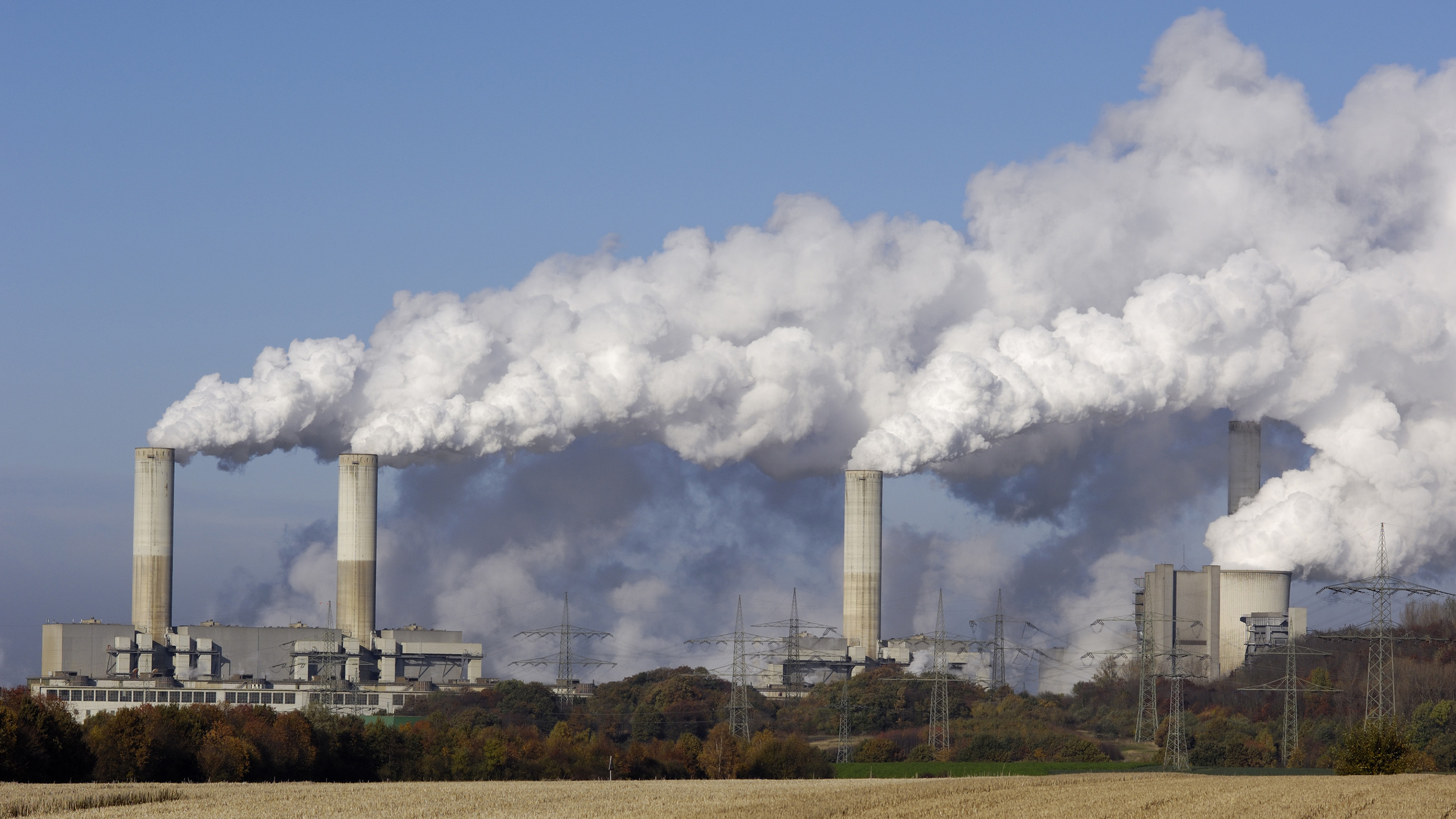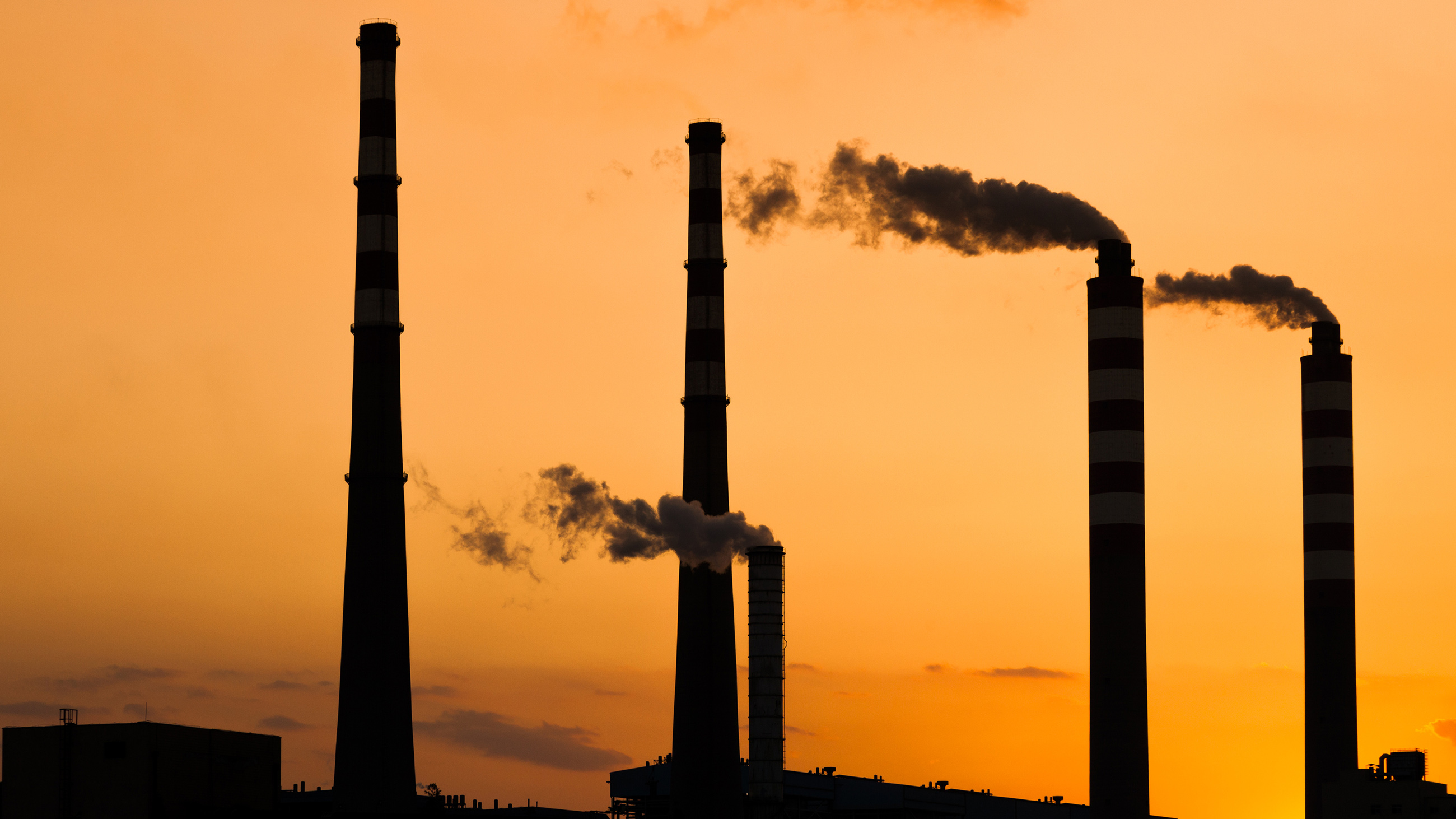For the Obama Administration, the Clean Coal Dream Lives On
Donald Trump was in Virginia last week assuring coal miners that he would save their jobs by reviving the coal industry — while Hillary Clinton, he said, would be a “horror show” for coal country. The implication was that Democrats are happy to let the industry wither.

In fact, the Obama administration continues to invest billions of dollars toward the development of so-called “clean coal” technologies designed to make coal-fired plants more climate friendly by capturing carbon dioxide emissions and storing them before they are released into the atmosphere. Despite the industry’s woes and the steady decline in coal use for electricity production in the U.S. — largely the result of cheap natural gas — coal is still a major power source, and it is responsible for 26 percent of U.S. energy-related CO2 emissions, and 42 percent of total global emissions.
The administration’s “clean coal” policy is hardly free of problems. Many environmentalists have long argued that the term is something of an oxymoron — and one that, even if the carbon-capture technology proved effective, ignores the myriad other ways that coal mining and production pollutes the environment. And in any case, large-scale experiments like Mississippi’s Kemper power plant — which proposed to make coal cleaner by turning it into a gas — have been plagued by setbacks and budget overruns.
But government funding for small-scale projects shows no sign of going away.
The Department of Energy has awarded $7 billion since 2008 to develop “clean coal” technologies — including a $3.4 billion windfall from the 2009 economic stimulus act. The DOE’s National Energy Technology Laboratory spends more than $350 million a year on research and development for carbon capture, carbon storage, and associated technology. And the department recently announced $68.4 million in funding for projects that advance the “safe and permanent storage of carbon dioxide.”
Moreover, a new bill sponsored by Sen. Lisa Murkowski, a Republican from Alaska, would allocate more than $2.7 billion for “clean coal” research, development, and demonstration projects over the next five years, according to Ryan Alexander, president of Taxpayers for Common Sense, a nonpartisan government watchdog group.
Carbon capture and storage technology — CCS for short — was on full display last week at the National Energy Technology Laboratory’s CO2 Capture Technology Meeting in Pittsburgh, where several federally funded experiments testing its feasibility were reviewed. One such trial — which uses algae to capture carbon dioxide at coal-fired power plants — has received nearly $1 million from the DOE.
“You could imagine reaching clean power targets with a combination of switching away from coal to natural gas but also by getting that last few percent by placing an algal facility next to a coal-fired power plant,” said the lead scientist on the project, Mark Crocker, an associate director of the Center for Applied Energy Research at the University of Kentucky.
Crocker’s pilot facility — a bioreactor placed at a coal-burning plant on the Ohio River near Cincinnati — uses Scenedesmus acutus, a green algae native to Kentucky, to convert some of the plant’s CO2 into O2 through photosynthesis. As a bonus, the resulting biomass could be used to make biofuels, bioplastics, and even nutritional supplements like omega-3 fatty acids — downstream products that could prove attractive to the coal industry. “There may be some low-hanging fruit there if you can capture CO2 and actually make money,” Crocker said.
If experimental projects like that one prove to be cost-effective at larger scales, energy analysts believe they may be part of a solution that allows for continued use of coal for energy production in the U.S. — at least until truly cleaner and more climate-friendly sources of energy are brought up to market parity.
Given the plump budget for “clean coal” technology, the government would seem to agree.










